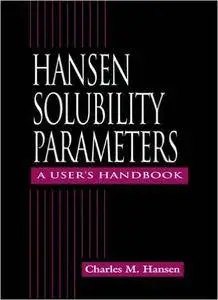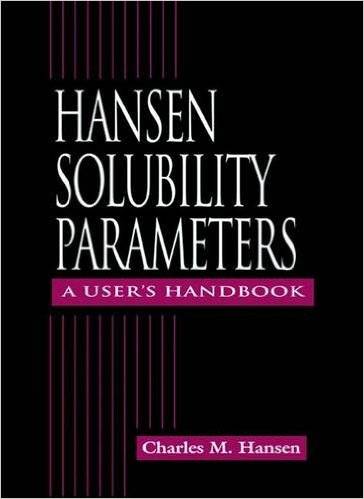Hansen Solubility Parameters: A User's Handbook by Charles M. Hansen
English | Sep. 17, 1999 | ISBN: 0849315255 | 205 Pages | PDF | 2 MB
English | Sep. 17, 1999 | ISBN: 0849315255 | 205 Pages | PDF | 2 MB
Charles Hansen began his work with solvents in 1962, and almost immediately began producing new and groundbreaking results. Since then, his Hansen Solubility Parameters have been extensively used and proven valuable to a variety of industries, including coatings, adhesives, plastics, protective clothing, and environmental protection. They allow correlations and systematic comparisons previously not possible, such as polymer solubility, swelling and permeation, surface wetting and dewetting, the solubility of organic salts, and many biological applications. Until now, however, their seemingly universal ability to predict molecular affinities has been generally taken as semiempirical.
Moving beyond the Hildebrand and Flory theories, Hansen found that his approach not only quantitatively describes hydrogen bonding and polar bonding in many types of systems, but in fact agrees with and extends the very general Prigogine theory. This explains why the correlations all seem to fit with an apparently "universal" 4: it results from the validity of applying the geometric mean rule to describe dispersion, permanent dipole-permanent dipole, and hydrogen bonding interaction in mixtures of unlike molecules.
Hansen Solubility Parameters provides new tables of previously unpublished correlations and parameters. The author illuminates his text with practical examples related to coatings, biological systems, pigments, and fibers, and takes a general approach that makes this reference ideal for predicting compatibility, adsorption on surfaces, orientation toward materials of similar affinities (self-assembly), and other phenomena associated with solubility and affinity.
Chemists, chemical engineers, and biochemists will find this book-the collected work and experience of the father of its concept-intriguing for its theory and invaluable for its data.



